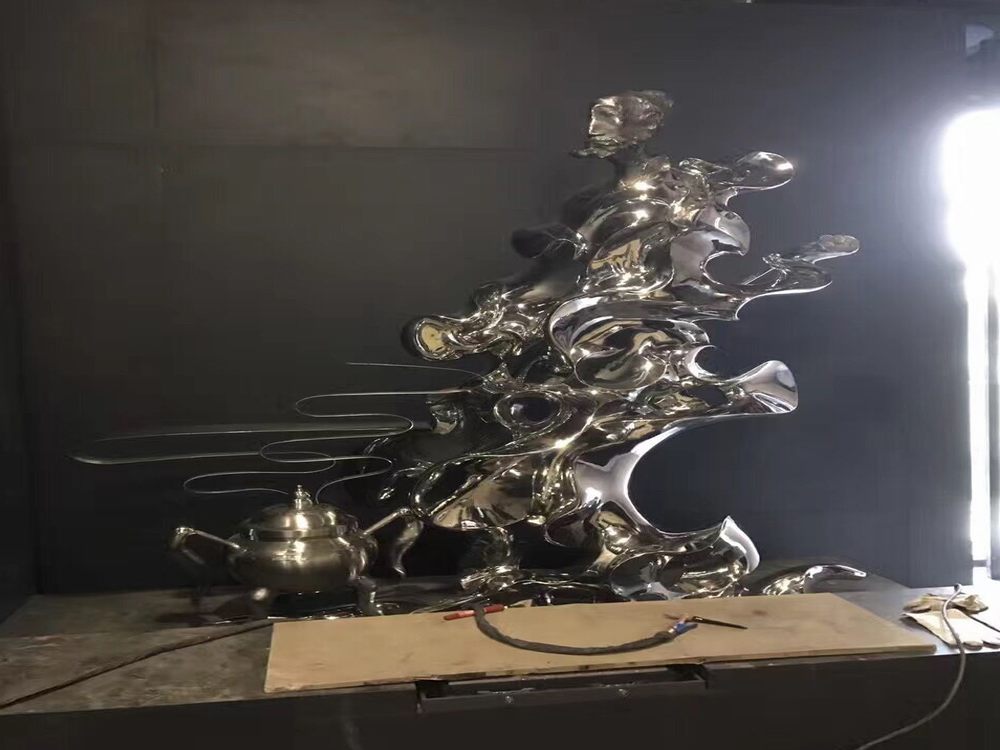
Metal sculptures have long been a testament to human creativity, but they also serve as a mirror reflecting the evolution of metalworking technology. From ancient bronze castings to contemporary laser-cut steel installations, each era's sculptures reveal the technological capabilities of their time.
The Renaissance saw sculptors mastering lost-wax casting, while the Industrial Revolution introduced forged iron techniques that expanded artistic possibilities. Today, modern metal sculptures incorporate advanced technologies like CNC machining, 3D printing, and plasma cutting, allowing artists to create previously unimaginable forms with precision and scale.
Contemporary metal artists utilize robotic welding systems and computer-aided design to execute complex geometric patterns that would challenge traditional craftsmanship. The use of corrosion-resistant alloys and innovative surface treatments demonstrates how material science advancements have expanded sculpture longevity and aesthetic options.
Perhaps most significantly, digital fabrication has democratized metal sculpture creation, enabling both established artists and newcomers to experiment with forms that blend organic inspiration with mathematical precision. These technological leaps haven't replaced traditional skills but have rather created new artistic languages where hand craftsmanship and digital precision coexist.
As metalworking technology continues advancing, sculptures will likely incorporate smart materials and interactive elements, further blurring the lines between art, technology, and engineering. The metal sculptures of tomorrow may well incorporate responsive surfaces or kinetic elements powered by emerging energy technologies, continuing this ancient art form's role as a barometer of technological progress.

